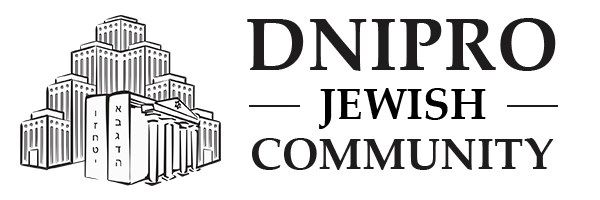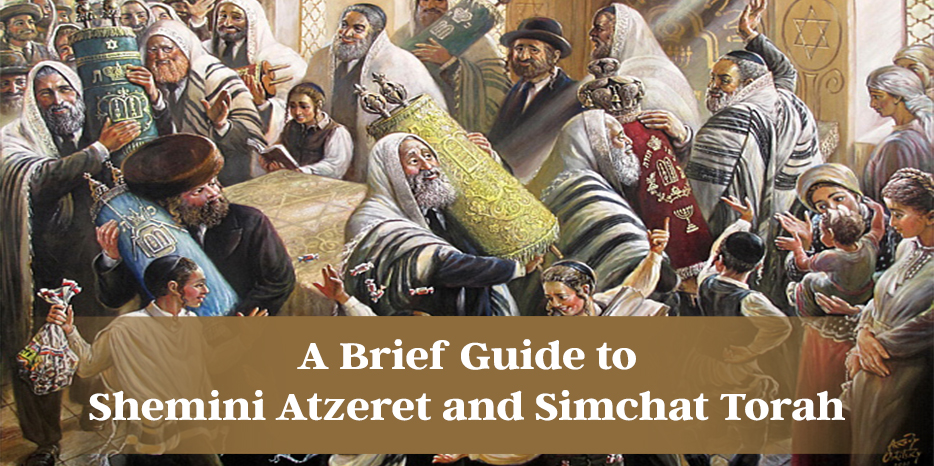The concluding links in the sequence of Tishrei holidays are Shemini Atzeret and Simchat Torah. Outside the Land of Israel, they are observed on two consecutive days (this year, Shemini Atzeret begins on the evening of October 13th, and Simchat Torah on the evening of October 14th), while in Eretz Yisrael, both holidays are celebrated on the same day.
The resource https://chabad.org has prepared a brief guide to the holidays of Shemini Atzeret and Simchat Torah, and we are pleased to present this text to our readers.
“The holiday that comes immediately after Sukkot is called Shemini Atzeret (22nd of Tishrei in Israel, 22nd-23rd of Tishrei in the Diaspora). The name of the holiday is taken from the words of the Torah (Bamidbar, 29:35): ‘On the eighth day (shemini) it shall be a solemn gathering (atzeret) for you!’
On Sukkot, it is decreed from Above whether the rains of the coming year will be abundant. However, we do not mention rain in our prayers until Shemini Atzeret. The Zohar states that the decrees are finally sealed at dawn on Shemini Atzeret.
The holiday of Simchat Torah celebrates the completion of the annual cycle of weekly Torah readings. On this day, we read the final portion of the Torah and immediately begin its first portion again.
Simchat Torah and Shemini Atzeret are essentially the same holiday. Only in the Diaspora, where festive days are always doubled, the first day is dedicated to Shemini Atzeret and the prayer for rain, and the memorial prayer Yizkor is also recited. The second day is entirely dedicated to Simchat Torah. In Eretz Yisrael, where all holidays last one day, Simchat Torah is part of the Shemini Atzeret holiday.
On this day, all the Torah scrolls in the synagogue are taken out of the Ark, and a procession with dancing and singing is held, circling the bimah seven times with the scrolls in hand. The people rejoice and celebrate throughout the entire day – both in the evening and in the morning.
‘The blessing and forgiveness sought during the Days of Awe and pleaded for from the Almighty with solemn prayer and deep repentance,’ once said the previous Lubavitcher Rebbe, Yosef Yitzchak Schneersohn, ‘can be achieved on Simchat Torah through joy, celebration, and dancing.’
At first glance, it is surprising: on Simchat Torah, Jews all over the world rejoice and dance with the Torah scrolls, which we are commanded to study! But if Simchat Torah were celebrated by studying or even reading the Torah, it would emphasize the differences between Jews – between the scholar and the unlearned. When we dance with the closed Torah scrolls, and its content is invisible, then all of us – from the greatest of the great to the simplest of the simple – rejoice together and as equals.”




